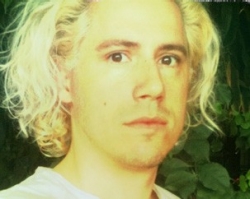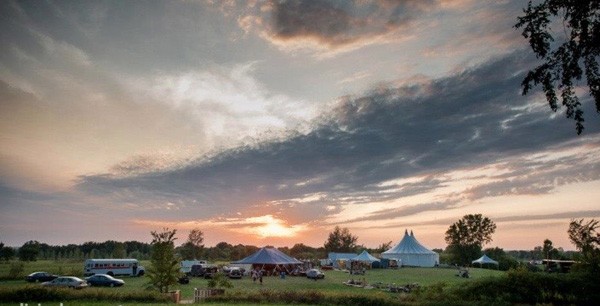The festival, now in its fourth consecutive year at this location, runs from August 28 to 30. It features hundreds of artists offering three days of circus performances, music, visual arts, workshops, family activities and more on various stages on the field. On-site camping is included with the festival pass.
The volunteer-driven festival challenges the often-competitive circus industry and allows its general director, Emmanuel Cyr, BFA (contemp. dance) 11, to do what he loves — create community through circus.
Here, spectators can be at the stages watching the performances, but are also given the choice to blur the line between traditional spectator and performer roles by dressing up.
“Since the beginning, the idea was to gather people to be in a place where they can exchange,” says Cyr. “It’s also a carnival, so the idea is to invite the public to get costumed. At one point on the grounds you don’t know who’s the performer, who’s the artist and who’s the public.”
Carmagnole began 15 years ago in the minds of a few Montreal artists and performers seeking an alternative to the high-pressure stress of the performance world. It was first held in a smaller field in September 2001 and ran for five years.
After a six-year hiatus, Carmagnole returned in 2012, offering its unique setting for performers and encouraging audiences to join in on the fun.


 Alumnus Emmanuel Cyr helped create Carmagnole as a way for performance artists to try new and challenging techniques. | Courtesy: Emmanuel Cyr
Alumnus Emmanuel Cyr helped create Carmagnole as a way for performance artists to try new and challenging techniques. | Courtesy: Emmanuel Cyr
 Carmagnole allows participants to immerse themselves in the experience of the festival. | Photo: Olivier Bourget
Carmagnole allows participants to immerse themselves in the experience of the festival. | Photo: Olivier Bourget